Our flight from Sydney to Launceston took only an hour and forty minutes, but the short trip transports you to another world: from one of the world’s most cosmopolitan cities to an unspoiled gem. Sydney Airport has parallel runways with planes taking off continually. Launceston airport has one runway in the middle of a farm, with no visible fence separating the airport from the farm. The drive from Launceston up to Barnbougle takes an additional ninety minutes north until you reach the coast and Bass Strait, which separates Tasmania from the Australian mainland. The trip is through winding roads, lush farmland and beautiful hills. I saw my first kangaroo on the drive up from Launceston; sadly, it was road kill.
Although Barnbougle is not on the 2003 top 100 list of courses I am playing, it was too good to pass up being in Australia and not playing it. In the current world rankings Barnbougle ranks #35. It was designed in 2004 by Tom Doak with Australian Michael Clayton. Like Bandon Dunes, Barnbougle has the backing of Mike Keiser, who seems to have figured out how to take some of the best remote locations in the world and convert them into world-class golfing facilities. Owner Richard Sattler also had the good sense to give Doak free reign on course design. As such, Barnbougle represents Doak at his purest since he wasn’t pressured by the owner to make changes.
The first two holes at Barnbougle Dunes are good holes that play into the generally prevailing wind. We played as the last group on a beautiful autumn day with a three club wind, so we got to experience the course as it was meant to be played.
The course really begins on the third hole, in my view. We played without a caddie and aside from a 100 meter marker and a 150 meter marker there are no other markers; and we didn’t take a yardage book. The third tee box is set atop a dune, and it took us awhile to figure out where the fairway was. It is a 306 meter (add 10% for yards) par four with a blind tee shot played sharply off to your left. As I think is one of Doak’s core competencies, he excels at short par fours, and this one is no exception. The fairway slopes steeply right to left and is bisected by a ridge. Because of the prevailing wind, most likely your ball will end up on the left side of the fairway, leaving a significant uphill and potentially blind shot to a beautiful green set in a sand dune.
The 359 meter par four sixth hole plays from an elevated tee box along Bass Strait among the dunes.
 The sixth fairway looking backward
The sixth fairway looking backward The seventh is a beautiful little 100 meter par three nestled within the dunes and visually reminds me of the par three fourteenth hole at Maidstone. It is a very difficult green to hit because it has rounded edges that repel balls away from it. The green design is borderline diabolical. I hit a good shot pin high and proceeded to putt off the green. The green has so many different humps and sections that you have to be coming in at precisely the right trajectory and shot angle to hold it off the tee.
The eighth hole is the #1 stroke index hole on the course. It has a wide and generous split fairway. It is 417 meters and features an elevated green with a narrow slot to hit through.
The front nine holes play on the left hand side of the clubhouse and the back nine is laid out among the dunes along the right side of the clubhouse. I thought holes nine through twelve to be good but not great holes. Perhaps it is just natural to be let down a little after playing such breathtaking holes as three through eight that the others don’t equal the same level.
The par three thirteenth hole is a real gem. Doak’s inspiration was an Alister MacKenzie hole at Sitwell Park that no longer exists. It plays 167 meters and features a green built in the buried elephant style.
Holes fifteen and sixteen play along the Great Forester River, and across from the 16th green you can see the spectacular par three fourth green on Lost Farm. Given its unique geographic location, the color of the light in Tasmania is inspiring as you can see in the picture below near the fifteenth green. The whole point of golf in my view is to get out in fresh air and enjoy yourself. Playing golf here allows you to do it in spades; it really lifts your spirit and is exhilarating.
 Idyllic scene near the fifteenth green
Idyllic scene near the fifteenth green Sixteen is a 147 meter downhill par three. Regardless of what tees you are playing for the day, I recommend playing from the top tee box on sixteen as you have a great view of the sea, much of Barnbougle Dunes and much of Lost Farm.
The seventeenth hole reminded me of the hole by the same number at Durban Country Club, with its wildly undulating fairway. As throughout the entire course, one of the pleasures of playing a Doak design is the amount of shot variety you can hit. We were hitting bump and run and pitch shots all day long and putted from well off the green many times.
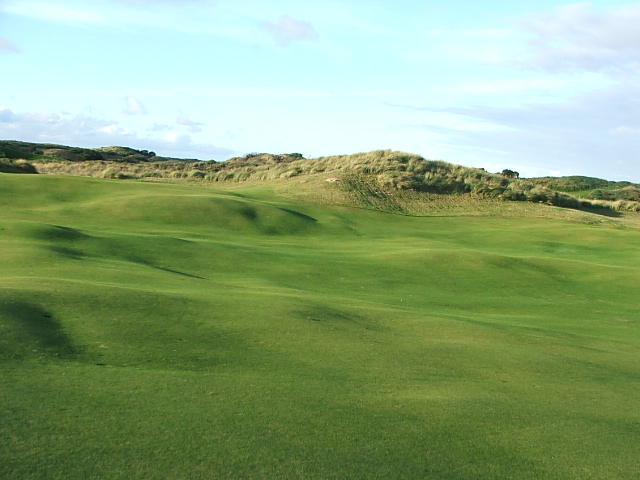
The crazy undulations in the 17th fairway
I thought the front nine was the clearly better of the two nines, but the whole place is special and worthy of the long journey. I liked it better than Doak's design at Pacific Dunes. The property is very hilly, the walk is demanding, and there are no riding golf carts.
Like at Sand Hills and the Bandon resort, there are cabins located on the property where you can stay overnight. The cabins at Barnbougle are as rustic and basic as anywhere I have ever stayed, and they have no amenities. They are for sleeping only and have two bedrooms with two beds each. I suggest bringing earplugs if your playing partners snore as loud as the dickheads I traveled with.
 The rustic lodges at Barnbougle Dunes
The rustic lodges at Barnbougle Dunes In a fortunate encounter for us, we bumped into James Boag for the first time in Tasmania. As luck would have it, we would find this Tassie native throughout Australia and got quite friendly with him.
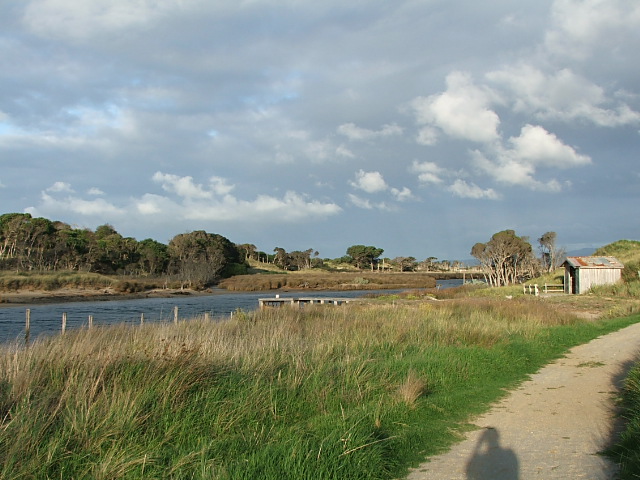
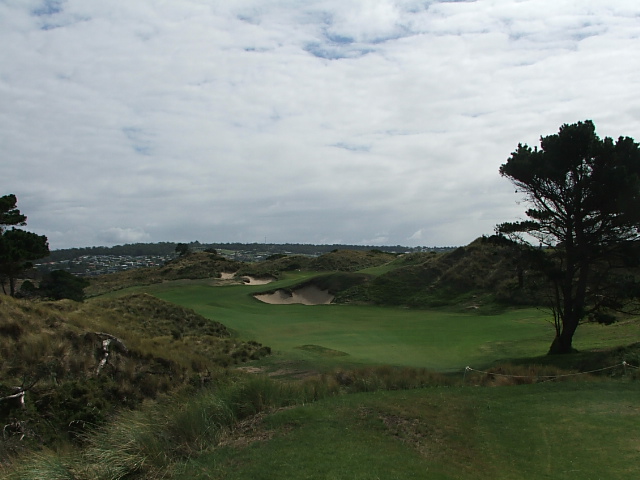
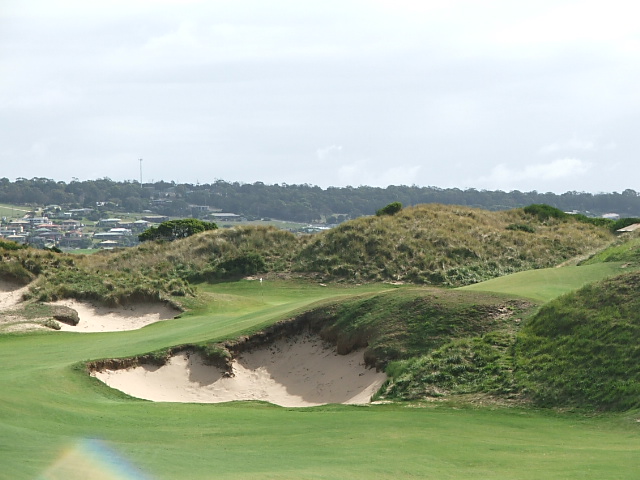
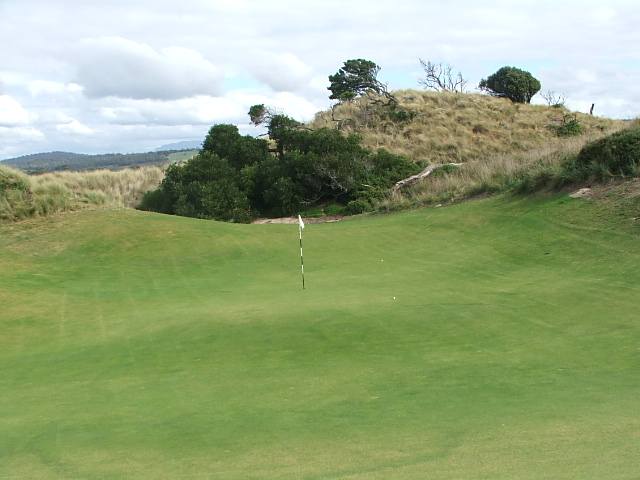
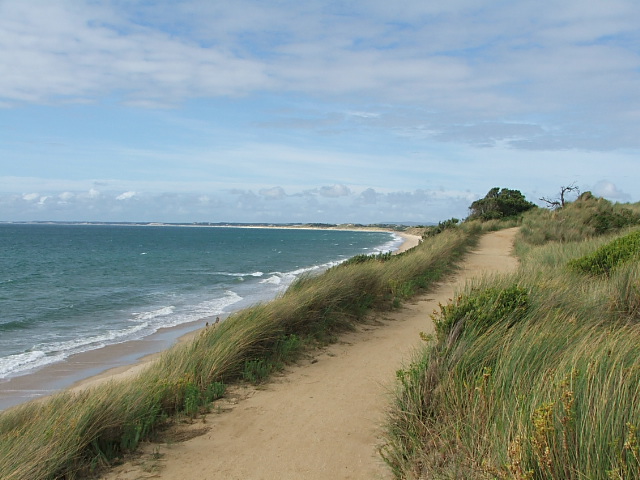
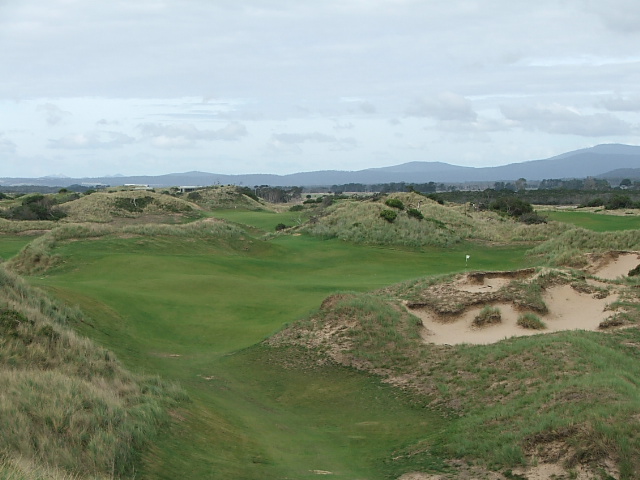
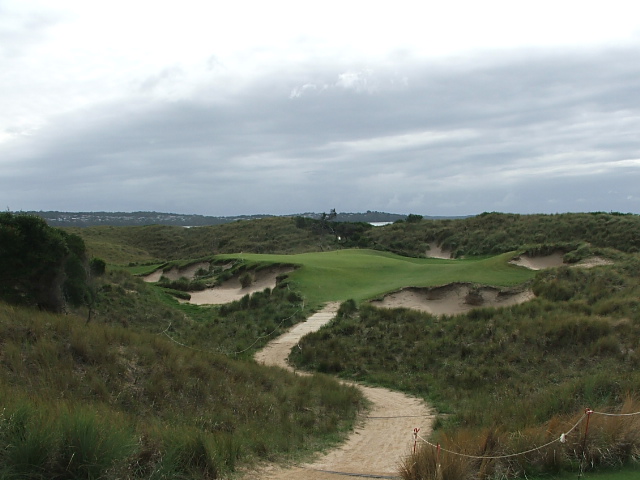


Tidak ada komentar:
Posting Komentar